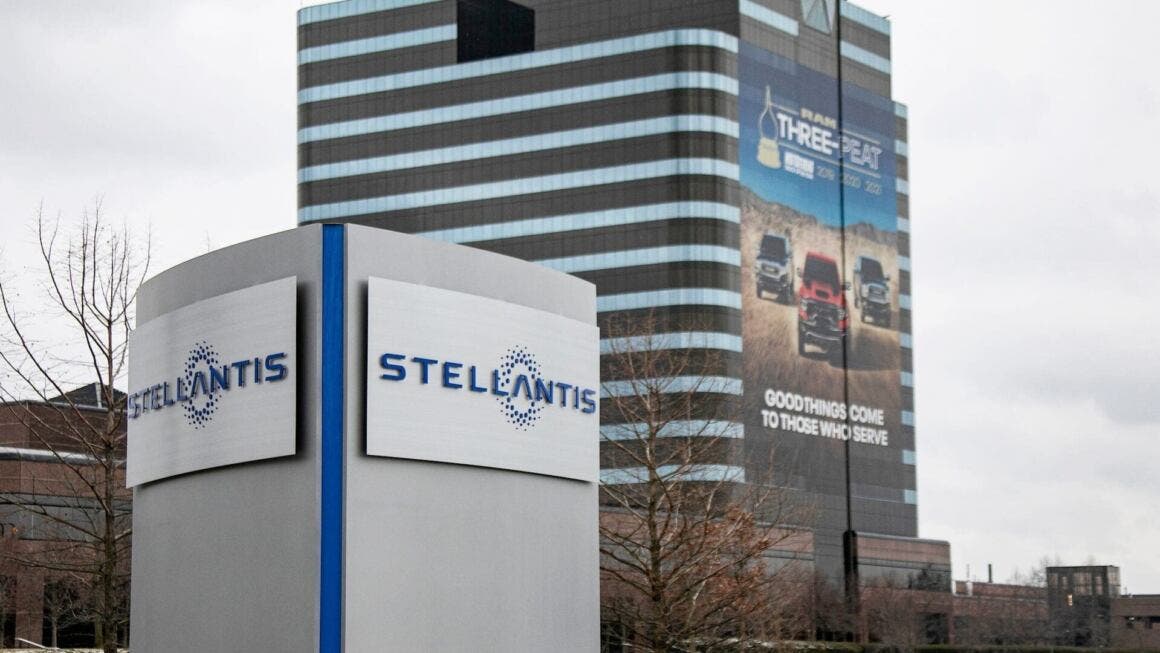The situation at the Stellantis plant in Cassino, located in the province of Frosinone, Italy, sharply contrasts with that of Pomigliano, where Fiat Panda and Alfa Romeo Tonale are produced. According to Il Messaggero, the Cassino plant has experienced a significant reduction in jobs and automotive production in recent years, culminating in a worse 2023 than the pandemic year of 2020.
Three years ago, the FCA plant in Cassino employed about 4,200 workers, producing 53,000 cars. By the end of 2023, this number had decreased to 2,993 workers and 48,800 vehicles produced.
In 2023, Stellantis’ Cassino plant faces difficulties: fewer workers and vehicles produced compared to previous years
In 2017, Cassino produced over 200,000 vehicles annually, but these numbers are now a distant memory. The economic crisis triggered by COVID-19 and an apparent disengagement of Stellantis from Italy have contributed to the decline. There is hope that the situation will improve following a meeting scheduled for February 1st, where the Italian government will ask Stellantis to produce at least 1 million cars in Italian factories. Despite this, Stellantis recorded positive numbers in Italy in 2023, with 521,104 cars produced, an increase of 8.6% compared to 2022. This result is due to the excellent performance of the Pomigliano and Melfi plants, unlike Cassino, which has seen a significant drop. Cassino produces models like the Alfa Romeo Stelvio, the Giulia, and the Maserati Grecale. Although the latter saw growth in 2023, it is not among the best-selling cars in Italy and worldwide.

Ferdinando Uliano, secretary of Fim-Cisl, highlights the unused potential of Cassino, where production had almost tripled in 2017. The plant already produces the first full-electric versions of the Maserati Grecale BEV, with a launch planned for early in the year. The new Alfa Romeo Stelvio and Giulia models, developed on the STLA Large platform, will be produced in Cassino, but not before 2025.
The new STLA Large platform will also be used to produce future electric versions of the Stelvio and Giulia, which could invigorate the plant. The production of the future Lancia Gamma, scheduled for 2026, is also under consideration. Uliano concludes that the allocation of this platform to Cassino represents a positive outlook, emphasizing the need to allocate other premium models to accompany the Maserati Grecale and the new Alfa Romeos.

